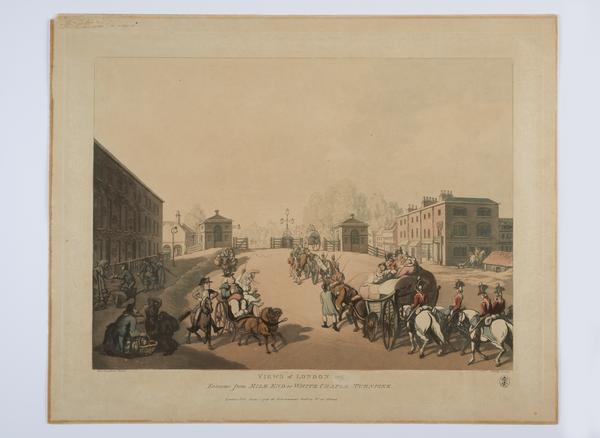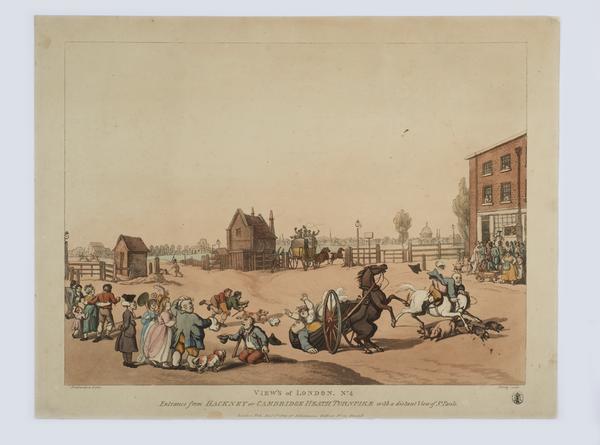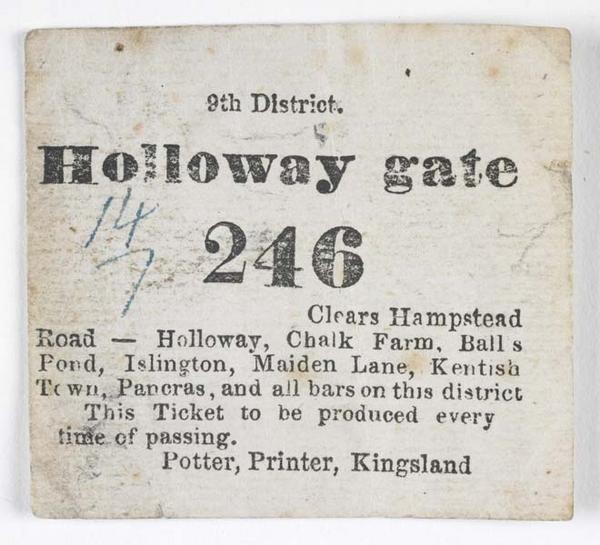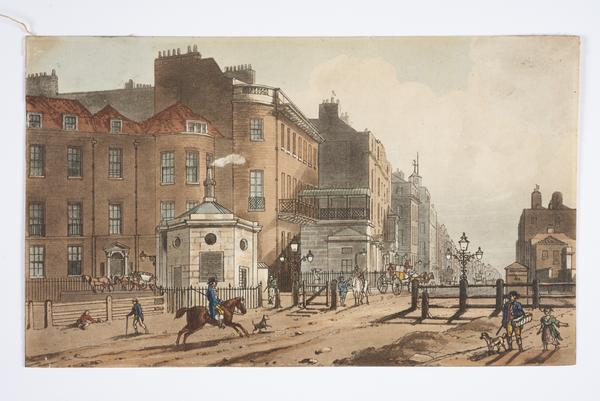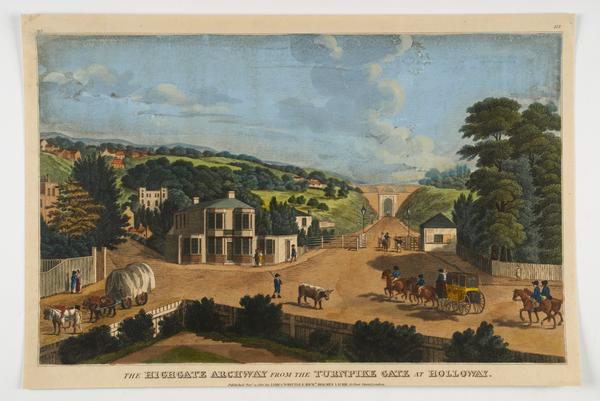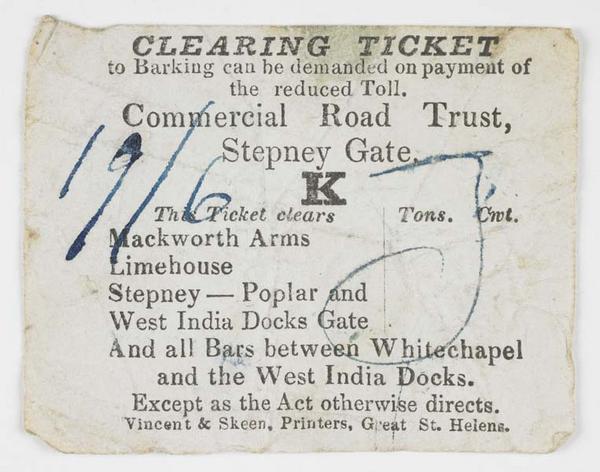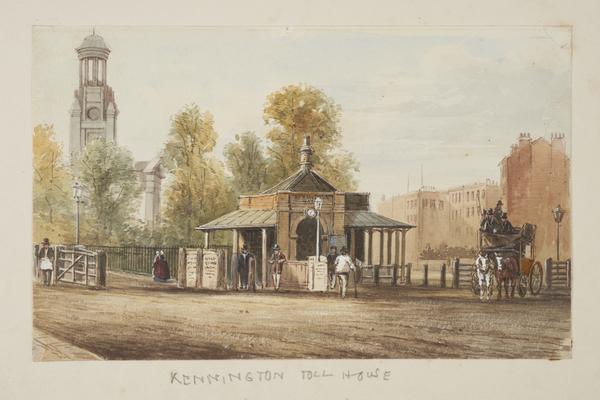What were London’s turnpikes?
If you trundled along London’s roads in the 1700s and 1800s, you’d probably encounter a turnpike. Turnpikes were gates where you’d have to pay a toll, or a fee, to get through. They were an important part of daily life across Britain, and the money raised from them maintained roads and helped keep the country’s industry moving.
1700s–1800s

Why did London need turnpikes?
In the 1600s, roads were the responsibility of local governments. Many authorities were unable or unwilling to spend money on maintenance, leaving them in poor condition. As trade increased over the century, heavy carts and carriages damaged highways going in and out of London. The city’s supply of food, fuel and other goods depended on road transport, so something had to be done.

What were Turnpike Acts?
Turnpike Acts were Acts of Parliament that passed the responsibility for maintaining roads from local authorities to private companies called turnpike trusts. Trusts were allowed to charge a fee to road users passing through the gates. The first Turnpike Act was passed in 1663. It set up a trust to maintain a section of the Great North Road between Wadesmill in Hertfordshire and Stilton in Huntingdonshire.

What did turnpike trusts do?
Turnpike trusts were the organisations that collected the fee from travellers passing through the gate. Trusts reinvested this money into maintaining, operating and expanding these toll roads across the country. Tollkeepers operating the gates were provided with a small cottage near the road. But it was a tough job with low pay and the danger of being robbed or assaulted.

Where were London’s turnpikes?
By the mid-1700s, most roads going in and out of London had a turnpike. Tyburn, Hyde Park Corner, Elephant and Castle, Islington, Tottenham Court Road and Mile End Road were among the city’s busiest. They were often placed at strategic points on the road where it would be difficult to escape paying the toll, such as in between buildings or walls and on bridges.

Could you avoid paying turnpike tolls?
Mail coaches, prison carts and funeral processions were exempt from paying tolls. If you were a soldier in uniform or (unsurprisingly) a member of the royal family, you could also pass through for free. Some objected to paying, so many gates had spikes placed on top to stop people jumping over them.

What impact did turnpikes have on road travel?
By 1800, road conditions had generally improved and were faster to travel on, boosting trade across the country. But turnpike gates also caused traffic jams and road accidents, and attracted people hoping to make some money from the travellers waiting to pass through them. These scenes were attractive to satirical artists of the day, such as Thomas Rowlandson here.

What caused the decline of turnpikes in London?
London’s population grew rapidly in the 1800s, and by the middle of the century, the city had ballooned beyond the main turnpikes. In this new age of the railways, turnpikes came to be seen as old-fashioned and, frankly, a nuisance. Anti-turnpike campaigns from the mid-1840s to the mid-1860s led to roads being handed back to local authorities and gates removed.

Do we still have turnpikes in London today?
The last main turnpike in Mile End Road was brought down in 1866, although some smaller turnpikes survived into the 1900s. But today, drivers are charged for going through the Blackwall and Silvertown tunnels. Most Londoners also have to pay a Congestion Charge to drive through central London. It’s an echo of how turnpikes raised money for the city’s roads – one that’s been just as divisive.


